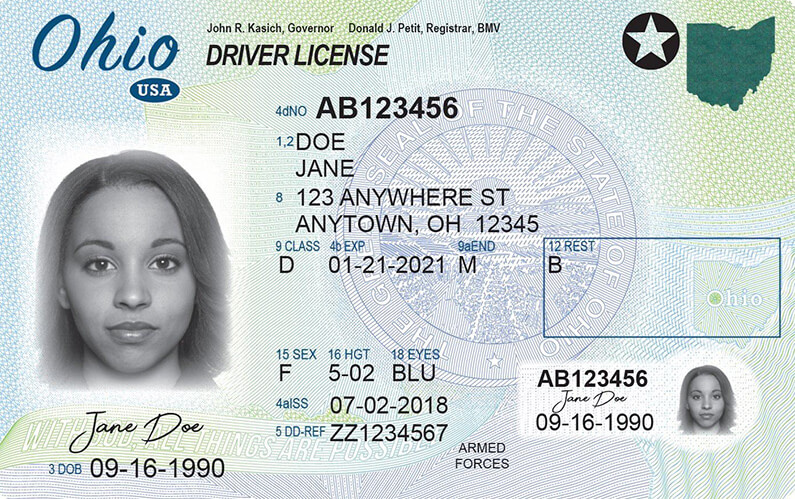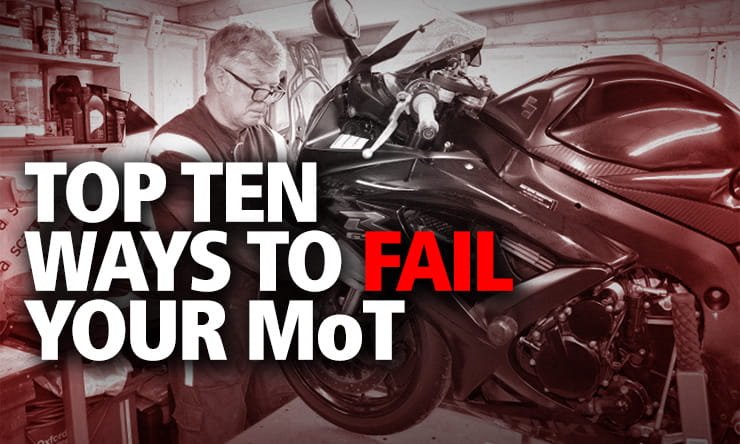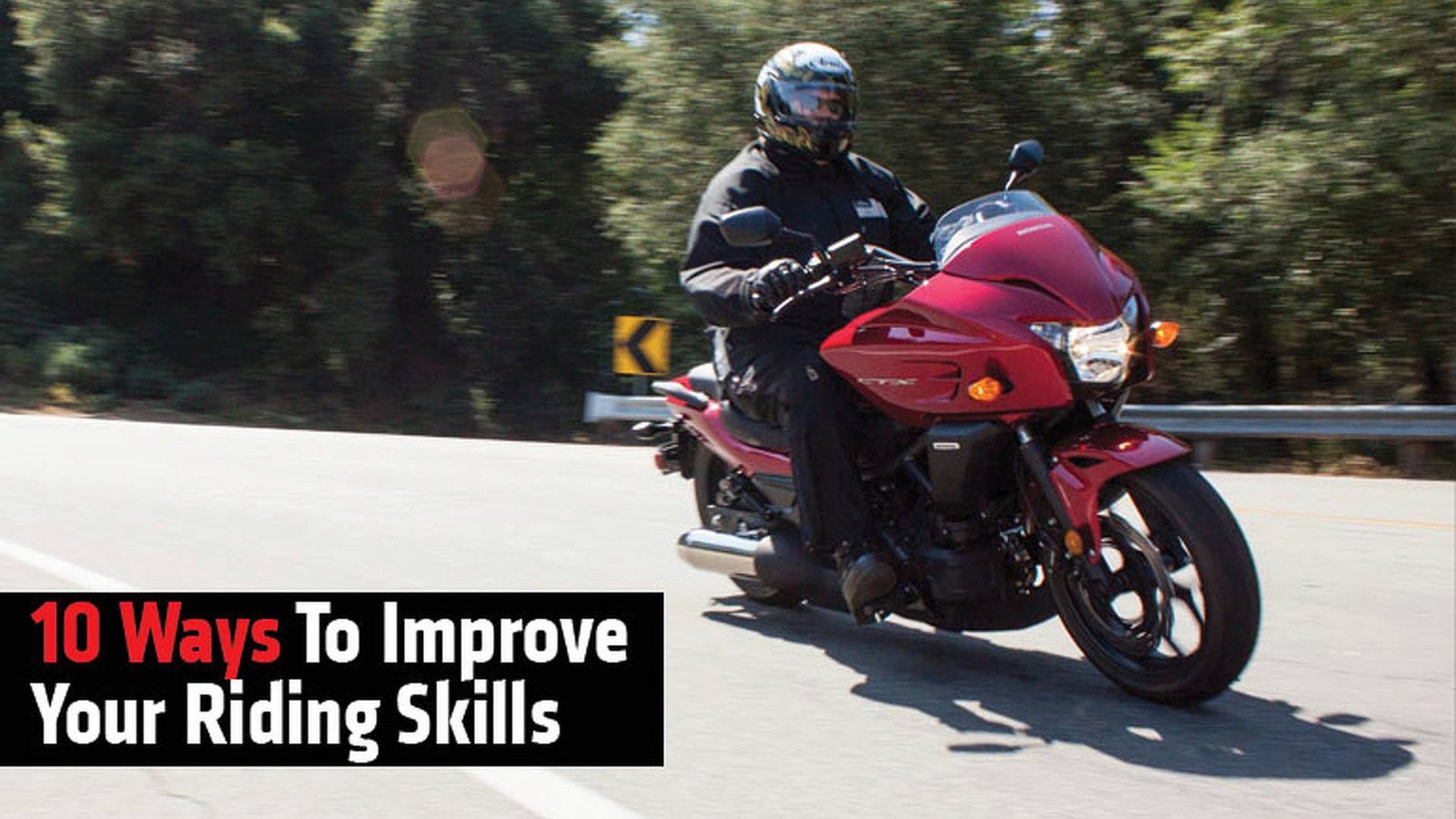In Ohio, motorcycle permit holders must abide by restrictions such as no nighttime riding, no carrying passengers, and no riding on highways. They must also wear a helmet and eye protection. These limitations aim to ensure safety and gradually ease riders into full motorcycle licensure.
Riding on the roads of Ohio on a motorcycle comes with a sense of freedom, yet for permit holders, specific rules ensure safety during the learning phase. A motorcycle permit is the first step for aspiring motorcyclists, serving as an essential learning period before the full endorsement can be granted.
During this time, the state imposes certain limitations to protect both the rider and the public. These restrictions highlight the importance of developing skills in controlled conditions. They are designed to reduce the risk of accidents while the rider is still gaining experience. Riders must familiarize themselves with these stipulations to avoid penalties and to progress toward their full motorcycle license.
Table of Contents
Ohio’s Motorcycle Permit Rules
Riding a motorcycle across the vibrant landscapes of Ohio starts with knowing the state’s permit rules. Securing a motorcycle permit is your first step towards the freedom of the open road. But with a permit comes a set of regulations designed to ensure the safety of new riders. Stay on the right side of the law by grasping the basic permit requirements and the applicable key restrictions.
Basic Requirements For Obtaining A Permit
To obtain a motorcycle permit in Ohio, riders must tick off certain boxes. These prerequisites help maintain high standards for road safety. The list below outlines the must-haves before hitting the road on two wheels:
- Being at least 15 years and six months old
- Passing a vision screening
- Completing a knowledge test
- Possessing a valid form of identification
Grab your helmet and prepare to study for the knowledge exam. It covers traffic laws, motorcycling safety practices, and signage.
Key Restrictions While Holding A Permit
With your motorcycle permit, several rules help keep you safe. These restrictions are in place to protect you and others as you gain experience:
- No riding after dusk and before dawn
- No carrying passengers
- Always wearing a helmet and protective eyewear
- Staying off interstate highways
Permit riders must be under the supervision of a licensed motorcyclist who is at least 21 years old. The supervising motorcyclist should maintain a visual contact distance.
Ride responsibly and sharpen your skills within these guidelines. Your actions lay the groundwork for a lifetime of safe, enjoyable riding.

Credit: www.cardosystems.com
Essential Age And Education Parameters
Essential Age and Education Parameters for a motorcycle permit in Ohio sets up a rider for lawful and safe driving. These guidelines are put in place to protect the riders and the public. Highlighting the minimum age limit and mandatory education courses affirms the state’s dedication to responsible riding practices. Let’s look closer at Ohio’s motorcycle permit restrictions concerning age and education.
Minimum Age Limit Explained
Ohio enacts strict regulations on who can apply for a motorcycle permit. The minimum age requirement stands as a first line of qualification.
- Riders must be at least 15 years and 6 months old to start the process for obtaining a permit.
- Those under 18 require a parental consent form.
Meeting the age threshold ensures young riders have enough maturity to handle a motorcycle with due care.
Mandatory Education Courses And Testing
In Ohio, the process doesn’t just stop at the age limit. Education and testing form an integral part of earning a permit.
| Course Type | Description |
|---|---|
| Basic Rider’s Course (BRC) | Required for applicants under 18, recommended for new riders. |
| Motorcycle Knowledge Test | Includes questions on rules and best practices. |
| On-cycle Skill Test | Mandatory unless BRC is completed successfully. |
These courses and tests are not mere formalities—they equip riders with critical skills and knowledge for safely maneuvering Ohio’s roads.
Riding Boundaries For Permit Holders
Ohio honors the journey into motorcycling with a permit system. This nurtures safe riding among beginners. Yet, permit holders face certain boundaries. Those rules are set to protect the riders as well as others on the road. Let’s explore these limits to ensure all permit holders ride within the legal framework set by Ohio.
Daylight Hours And Timely Restrictions
Motorcycle permit holders must heed time-based restrictions. Specifically, riding is restricted to daylight hours. These hours are between sunrise and sunset. Riding outside these times could lead to a penalty, or worse, increased risk of accidents due to low visibility.
Geographical Limits And Exceptions
Permit holders don’t just face time-based restrictions. There are also geographical limits. You must remain within Ohio’s state lines while riding on a permit. There are some exceptions. These include riding in a state that honors Ohio’s motorcycle permit. Always double-check cross-state rules to stay compliant.
- Stay within Ohio.
- Check for state reciprocity.
- Know the exceptions.
Accompaniment And Supervision Conditions
Understanding the accompaniment and supervision conditions for motorcycle permit holders in Ohio is a must. Without proper supervision, permit holders could face penalties. Let’s delve into what Ohio requires from beginning riders who are still learning the ropes.
Qualified Supervisory Rider Requirements
A supervisory rider must be with permit holders at all times. This ensures not only legal compliance but also safety on the road. Here are the key qualifications a supervisory rider must meet:
- 21 years or older with at least one year of riding experience
- Must possess a valid motorcycle license
- Should remain within sight and close proximity to instruct
Passenger And Group Riding Limitations
Restrictions are in place to keep permit holders focused on developing skills. These are essential rules to follow:
- No passengers allowed to ride with permit holders
- Group riding is off-limits to ensure minimal distractions
Permit holders must ride solo, enhancing their concentration and skill-building. This rule also protects potential passengers from the risks associated with new riders.
These restrictions lead to a safer, more responsible motorcycling experience. It prepares riders for the freedom that comes with a full motorcycle license.
Equipment And Gear Compliance
Equipment and gear compliance is critical for riders with a motorcycle permit in Ohio. This ensures safety on the road and adheres to the state’s regulations. Riding a motorcycle comes with a set of laws that govern what gear is necessary and what condition the bike must be in.
Safety Gear And Helmet Use
Safety gear is paramount for motorcycle permit holders. Ohio law requires all riders under 18 and those holding a novice permit to wear a DOT-approved helmet. Even seasoned riders recognize helmets as life-saving equipment. Wearing eye protection is also a must unless the motorcycle has a windscreen.
- DOT-approved helmet
- Eye protection or windscreen
- Protective clothing (recommended)
- Reflective vest or tape (for visibility)
Motorcycle Specifications And Readiness
Every motorcycle must pass the state’s scrutiny for road readiness. Your bike should have all functioning lights, brakes, and mirrors. Regular inspections prevent malfunctions that can lead to accidents.
| Component | Requirement |
|---|---|
| Lights | Functioning headlight, taillight, and turn signals |
| Brakes | Front and rear brakes in working order |
| Mirrors | At least one mirror on the left side |
| Horn | Working horn audible from a distance |
| Tires | Adequate tread depth and no visible defects |
| Exhaust | Muffler system in place; noise within legal limits |
Transitioning From Permit To Full License
Earning a motorcycle permit in Ohio is an exciting step toward full riding privileges. As riders gain experience, they often look forward to expanding their horizons with a full license. The transition involves additional testing and proof of riding skills. Understanding the process ensures a smooth upgrade from a motorcycle permit to a full license.
Additional Testing And Proficiency Demonstration
Riders must show they can handle a motorcycle safely. To earn a full license, you will face a written exam and a skills test. The written test covers road rules and safety guidelines. For the skills test, you will perform various maneuvers to demonstrate motorcycle control. This may include starting, stopping, turning, and swerving.
Timeline And Process For Upgrade
The upgrade from a permit to a full license has a clear timeline. Riders must hold their motorcycle permit for at least six months if under 18. Over 18s can upgrade sooner. The Ohio Bureau of Motor Vehicles (BMV) outlines steps to upgrade:
- Schedule your tests at a nearby BMV.
- Pass the written knowledge and on-cycle skills tests.
- Submit any required documents and fees.
Upon completing these steps, the BMV issues the full motorcycle endorsement. This allows riders to enjoy greater freedom on the road. Remember, practice and preparation are key to smoothly transitioning to a full motorcycle license.

Credit: driving-tests.org
Also Read Right time for carburetor cleaning.
FAQ
Can Teens Ride Motorcycles Alone With A Permit In Ohio?
No, teens cannot ride motorcycles alone with a permit in Ohio. They must be accompanied by a licensed motorcycle operator who is at least 21 years old at all times.
What Are Ohio’s Helmet Laws For Permit Holders?
Helmet use is mandatory for all motorcycle permit holders in Ohio, regardless of age. Additionally, eye protection is required unless the bike is equipped with a windscreen.
Are Nighttime Rides Allowed With An Ohio Motorcycle Permit?
No, Ohio motorcycle permit holders are prohibited from riding between sunset and sunrise. Permit holders must adhere to daylight-only riding.
Is Freeway Riding Permitted With A Motorcycle Permit?
Ohio motorcycle permit holders are not allowed to ride on freeways. Restrictions are in place to ensure safety during the permit phase.
Bottom Line
If you are planning to drive, you must obey the restrictions of a motorcycle permit in Ohio introduced for rider safety and legality on the road. Remember, these limitations are in place to protect you while you gain experience. Abide by them, and soon you’ll be enjoying the full freedoms that come with a motorcycle license.
Ride responsibly, stay informed, and embrace the journey toward becoming an accomplished motorcyclist in Ohio.




Leave a Reply